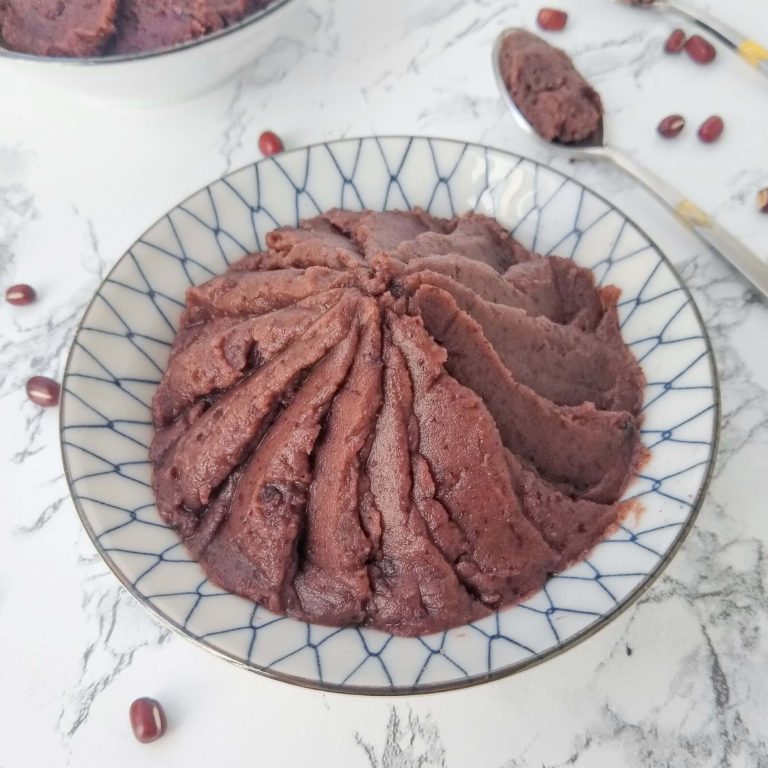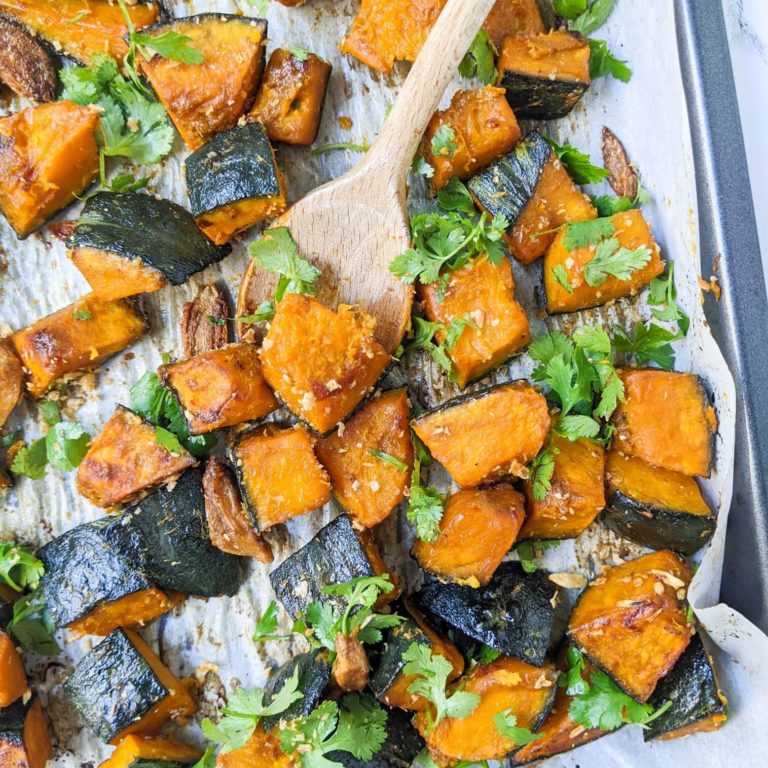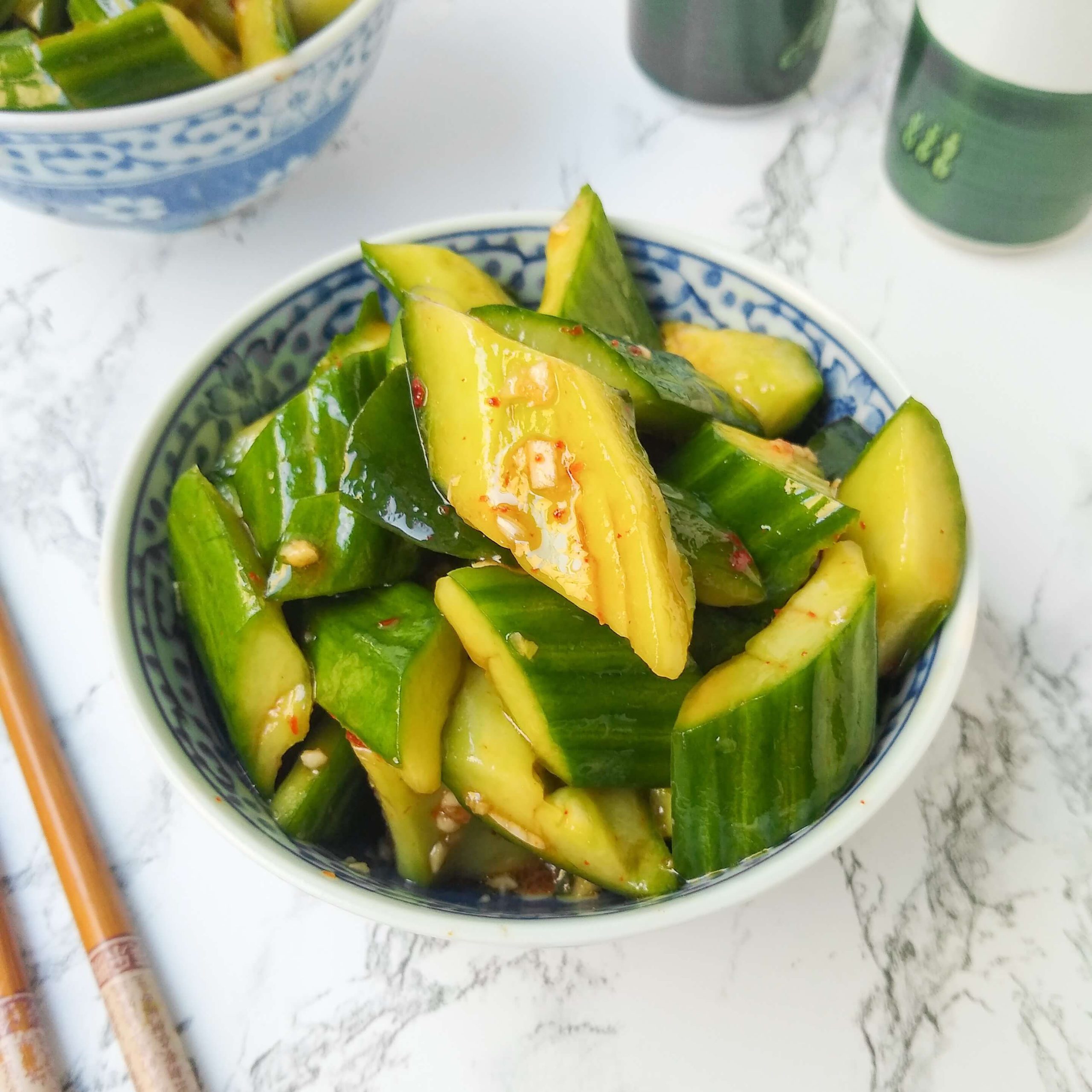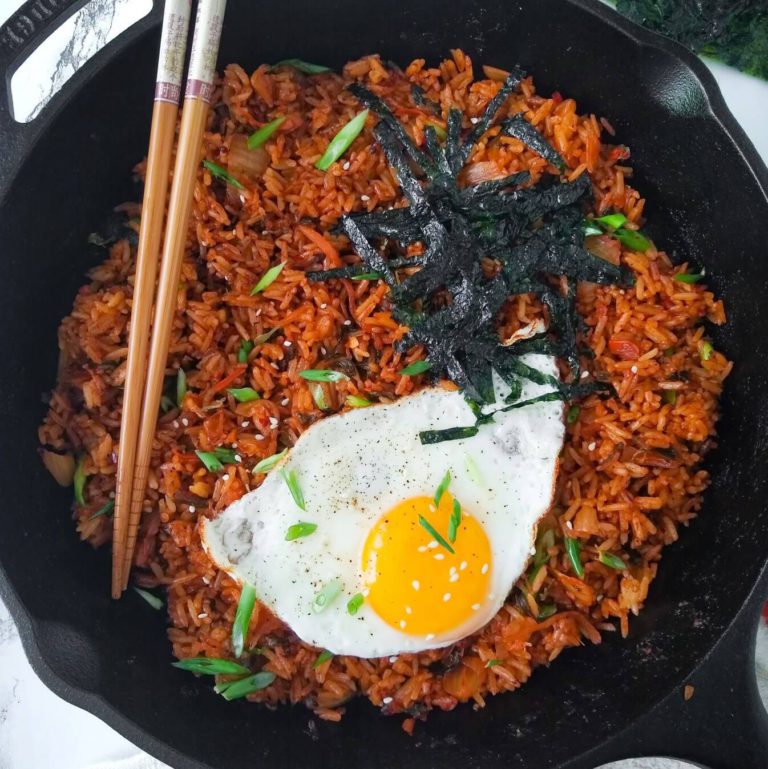About Nagaimo/Chinese Yam
Nagaimo, also known as 長芋 in Japanese or 山药 in Chinese, is a type of mountain yam that is common in Chinese and Japanese cuisine. This tuber first originated in China and was introduced to Japan in the 17th century. Nagaimo is unique in comparison to other yams in that it can be consumed raw. However, there are many recipes, such as soups and stir-fries, which cook the yam. It does not have a strong flavor, so it pairs well with many different flavors and dishes.
What is Nagaimo/Chinese Yam?
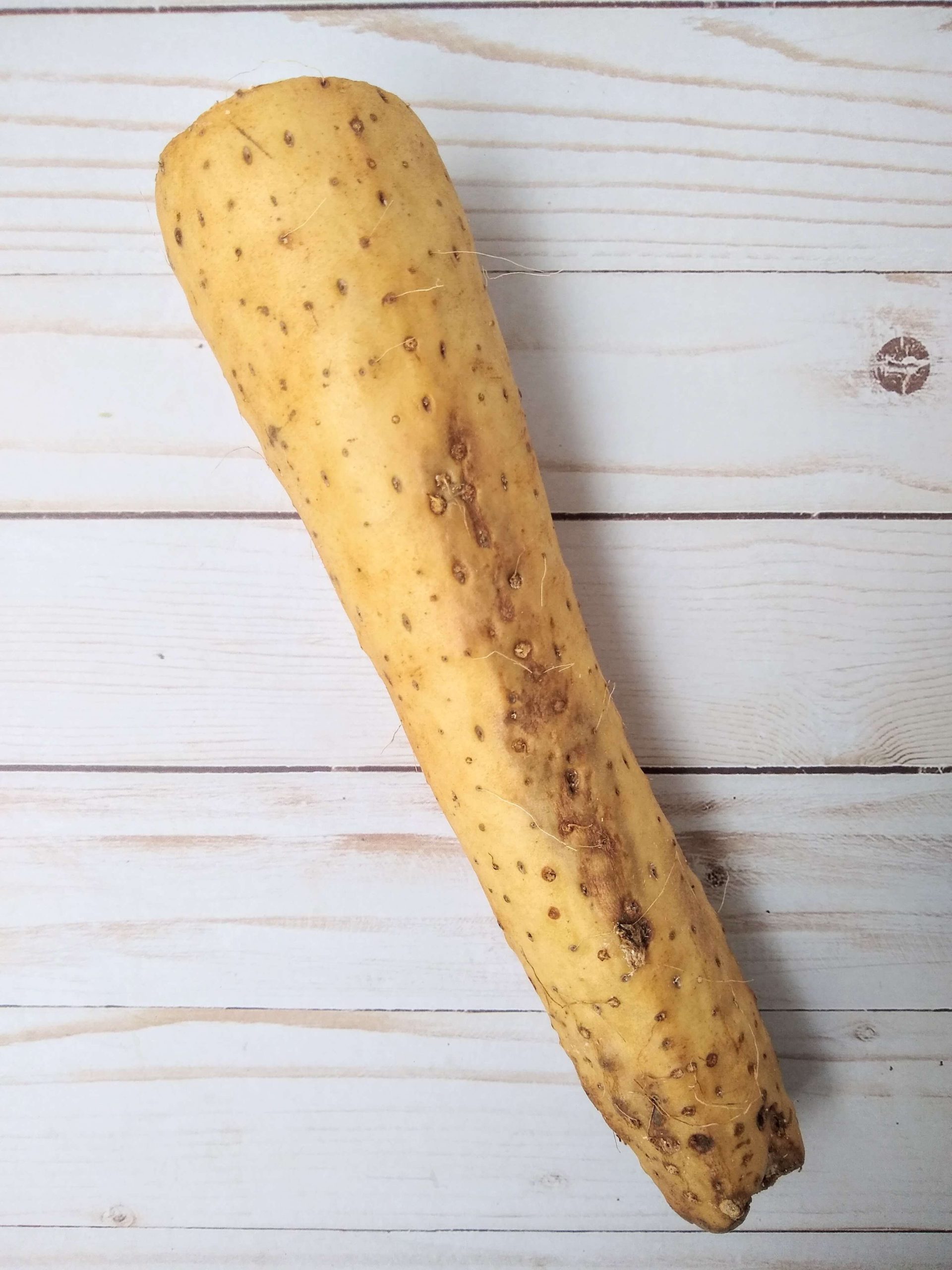
Nagaimo is a long root that has a light brown, slightly bumpy exterior and little hairs. The exterior skin can irritate, so if you have sensitive skin, I recommend wearing gloves when washing and peeling. Take extra care when handling it because it will become slippery as you continue peeling and cutting it. The interior is white, crisp, and firm.
In Japan
When grated, this tuber is referred to as tororo and turns into a gooey mass. This texture is popular in Japanese cooking. Other common, slimy Japanese foods are natto (fermented soybeans), okra, and a raw egg. Some of the most common dishes that use this gooey nagaimo paste are yamakake (sashimi with tororo), tororo soba (tororo with soba noodles), and okonomiyaki (cabbage pancake).

There is also a Japanese variant of this yam: yamaimo. It is often used interchangeably with nagaimo but has a slightly darker exterior, more distinct taste, and gooier texture.
In China
In China, the most common use of this yam is a spare rib soup. It is also often used in stir-fries with fungus and bell peppers. The Chinese like to use this ingredient due to its many health benefits. It is low in calories and high in fiber, potassium, and manganese. The Chinese like to use the root’s medicinal properties to treat the spleen, stomach, and liver. Chinese yam is said to lower blood sugar, improve immunity, and improve digestive health.
Storing Nagaimo
To store these tubers, wrap the cut ends tightly in plastic wrap and put the whole tuber in a large paper bag. Store it in the refrigerator until you want to use it. It can also be frozen if it is grated first.
Here are some of my recipes that use this ingredient:

